4th Generation Gems
Top 10 Overlooked Games from the 4th Generation of Video Games!
This list looks at the games that were largely ignore during the 16-bit era. Some of the games listed here were underrated by critics while others were overlooked by consumers. Whether it was the result of poor marketing or bad timing, the games on this list failed to resonate when they were originally released. Licensed games and sequels are not eligible, since they were basically given head starts to begin with and were in a better position to succeed than most games. Games that were successful enough to warrant sequels or remakes will generally not be considered either. To avoid redundancy, I’ve also elected to exclude any titles that have already been listed as one of the best games on their respective platforms.
10
The Ignition Factor
Super NES (1994)
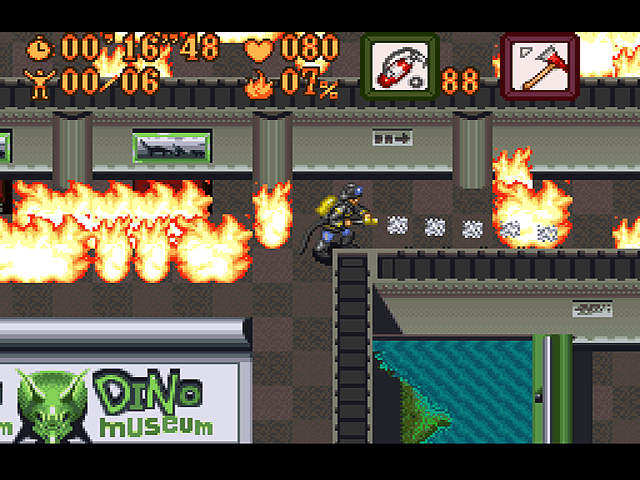
The basic goal in Jaleco’s The Ignition Factor (known as Fire Fighting in Japan) is to save civilians from burning buildings, mining incidents, and industrial accidents. Prior to each stage, players are given an opportunity to review a map of the building and choose what equipment to carry. The game has a surprising amount of depth, and different equipment will be required to deal with regular, chemical, and electrical fires. Mobility will be hindered if players attempt to carry too much equipment, so a little strategy is necessary to succeed. In addition to rescuing victims in a timely manner, players are also required to determine the cause of the fires. Electronic Gaming Monthly named The Ignition Factor “Game of the Month” upon its release, but praise for the game was anything but universal. (Famitsu gave the game a score of 22 out of 40, for example.) The game has a bit of a learning curve and managing your inventory can be a bit of a pain, but nobody said firefighting was supposed to be easy. The Firemen from Human Entertainment was thematically similar and was released around the same time, but it was given a proper sequel whereas The Ignition Factor was a one-off.
9
Axelay
Super NES (1992)
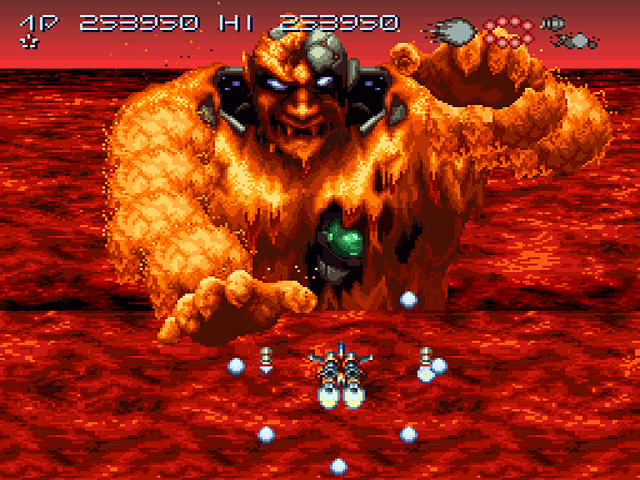
Konami took a page out of the Life Force playbook for Axelay and included levels that scroll both vertically and horizontally. The Life Force influence can also be seen in the ambient environments and enemies (the giant fire dragons are especially familiar). This is not to say that Axelay doesn’t offer anything in the area of innovation, and its unique weapon system helps set it apart from other shooters. Rather than picking up power-ups during gameplay, you earn new weapons after completing levels and can configure your arsenal between stages. You are allowed to equip three weapons at a time and can easily switch between them on the fly. By the final stage, there will be a total of 27 possible weapon combinations to experiment with. While most other early SNES shooters were plagued with slowdown, Axelay is extremely smooth. Not only does the game move along at a brisk pace, but the levels are full of impressive Mode 7 effects and parallax scrolling. Atmospheric effects like rolling clouds and flowing lava add a sense of depth to the game, and the imposing boss battles are still impressive to this day. Axelay was one of the first SNES shooters to get it right and it’s a shame that the promised sequel never saw the light of day.
8
Pulseman
Sega Genesis (1994)
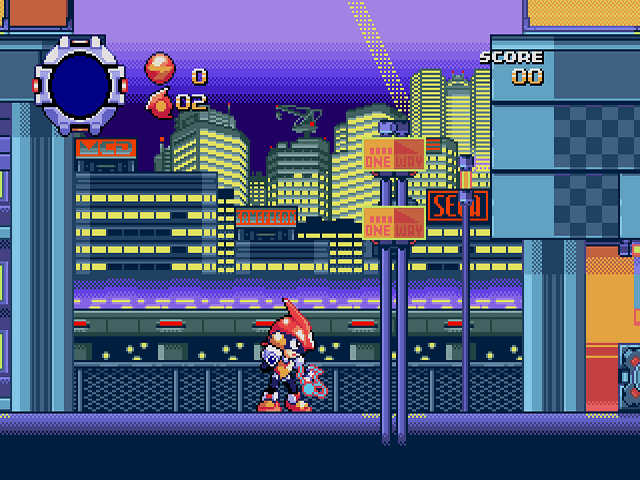
Before catching lightning in a bottle with the Pokémon series, Game Freak was a small contract developer who worked with various publishers. Pulseman was easily their most polished effort when it was released in 1994. The premise of the game involves a noted scientist who succeeds in creating the world’s most advanced Artificial Intelligence. This scientist becomes so enamored with his creation that he digitizes himself, uploads himself into his computer, and takes his lovely creation to pound town. A child named Pulseman is the eventual result of this unholy union. His unusual heritage gives Pulseman the ability to channel electricity through his body. He can use this electricity as either a weapon or a means of quick transport. He’s also able to attack enemies with electricity from his hands, and he can even charge into a ball of energy to ricochet through stages like a pinball. Sega put a lot of marketing muscle behind Sonic the Hedgehog and Vectorman, but they gave Pulseman barely any attention at all even though it felt similar to the aforementioned games in many ways. Sega made Pulseman available in North America on the Sega Channel, but physical copies of the game were released exclusively in Japan.
7
Dynamite Headdy
Sega Genesis (1994)
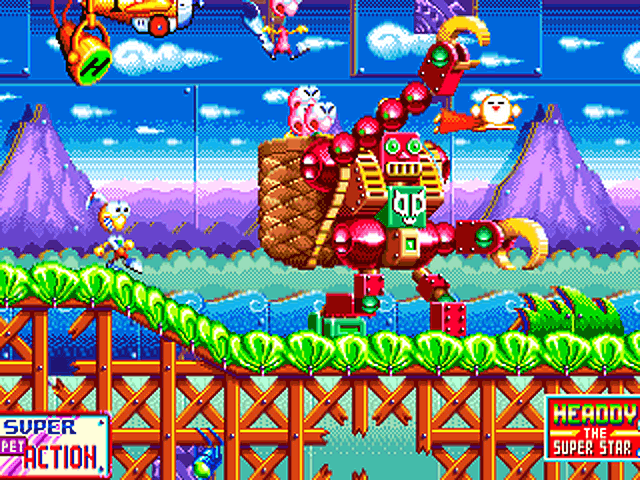
Dynamite Headdy is an extremely original platformer starring a puppet who attacks enemies with his detachable head. Headdy (the aptly-named puppet in question) can also change his head altogether in order to gain new abilities. The “hammer head” will make Headdy more powerful and allow him to smash through certain blocks, the “vacuum head” can suck in enemies and items, and the “ticker head” temporarily freezes time. There are over a dozen heads for Headdy to try on, and they add a lot of variety to the game. Staying in line with the puppet-based themes, the levels in Dynamite Headdy center around a stage show motif. The atmosphere of the game is unique, and the enemies are every bit as bizarre as the concept itself. Even though the game was developed by Treasure and released by Sega, it never got the following it deserved. Dynamite Headdy was released on the Wii’s Virtual Console in 2007, but it was overlooked again! If you are among the many who have not given Dynamite Headdy a try, then you are part of the problem.
6
Waku Waku 7
Neo Geo (1996)
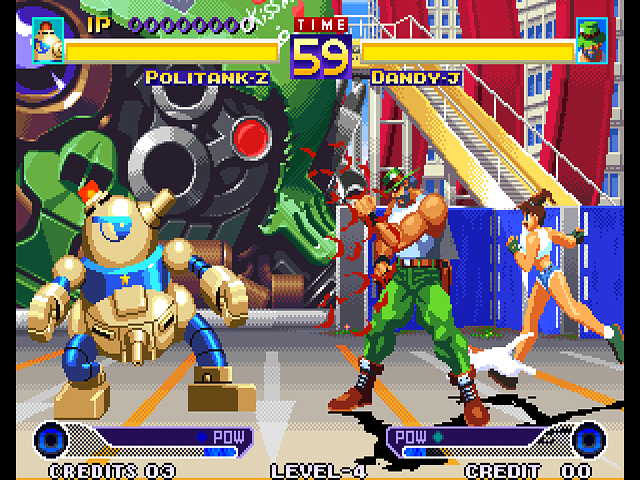
Fighting games were serious business for many hardcore Neo Geo fans, and the console itself was very closely associated with the genre. Sunsoft’s Waku Waku 7 is a different kind of fighting game, however. The game follows most of the conventions that the genre is known for, but the premise and overall presentation are a lot more light-hearted. For further evidence, look no further than the character roster. The fighters are all large, creative, and highly animated, and the cast includes a clunky robot, a kid who rides on the back of a giant purple rabbit, and an Indiana Jones-inspired treasure hunter. There are only nine characters to choose from (including a couple of secret ones) but they are all radically different from one another. The animated style of Waku Waku 7 makes it very inviting, and the play mechanics make it an easy game to jump into. I really appreciate how various dashing, jumping, and recovery techniques ensure that the game is always moving along at a fast pace. Waku Waku 7 isn’t necessarily as “hardcore” as other Neo Geo fighting games are, but it’s refreshing to see a fighting game with a sense of humor.
5
Comix Zone
Sega Genesis (1995)
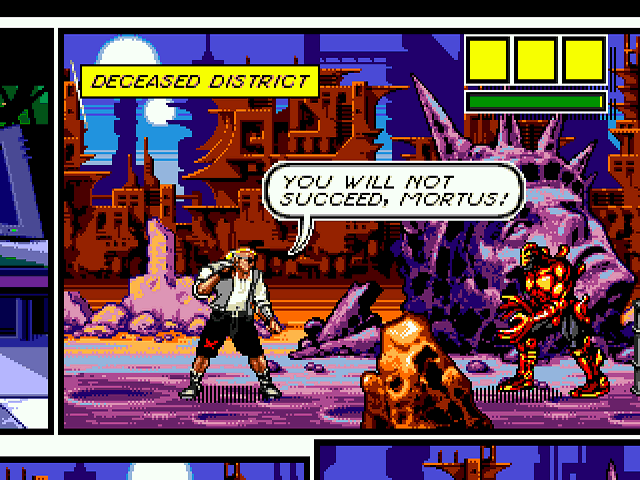
Comix Zone is an arcade-style beat ’em up from Sega and one of their last major releases for the Genesis. There were no shortages of video games based on comic books in the 1990s, but a game set within the panels of a comic book was a novel idea. When a starving artist named Sketch Turner is struck by lightning, he finds himself sucked into the pages of the comic book he was working on. As Sketch hops from one panel to the next to escape from his own creations, he defends himself with punches, kicks, bombs, and knives. He can also tear off pieces from the backdrop and form them into paper planes to throw at enemies. Genesis games sometimes looked washed out due to the system’s limited color pallet, but Comix Zone was a great fit for the console and was one of the most visually interesting games of the 16-bit era. The characters and backgrounds are all drawn in the style of superhero comics, and I love how the dialogue is rendered within speech bubbles. Comix Zone didn’t quite live up to its own potential, but it’s always nice to see creative games during a console’s waning years.
4
Wild Guns
Super NES (1994)
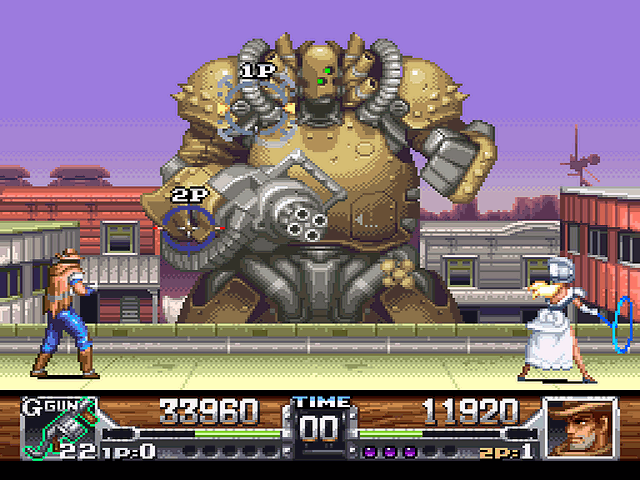
Natsume’s Wild Guns is a fixed-view “shooting gallery” game with a wild west steampunk setting. The behind-the-back, third-person perspective employed by the game is similar to Cabal, and Sin and Punishment could perhaps be considered a modern equivalent. The game follows a bonnet-wearing maiden (named Annie) and a gunslinger (appropriately named Clint) on their journey to seek vengeance against a murderous gang. The duo will arm themselves with everything from shotguns to grenade launchers, and they will be able to avoid enemy fire by performing various jumping and rolling maneuvers. Players can use a lasso to impede the mobility of their rivals, and enemy bullets can often be shot out of the air. I really appreciate how interactive the backgrounds are. Whether you’re destroying cactuses in the desert or shooting bottles of whiskey in a saloon, the stages themselves help highlight the destructive power of your weapons. Without question, the most interesting aspect about the game is the enemies themselves. Instead of generic bandits and thieves, you battle giant mechs and metal robots armed with Gatling guns. It’s kind of like Wild Wild West, but it’s actually good.
3
Alien Soldier
Sega Genesis (1995)
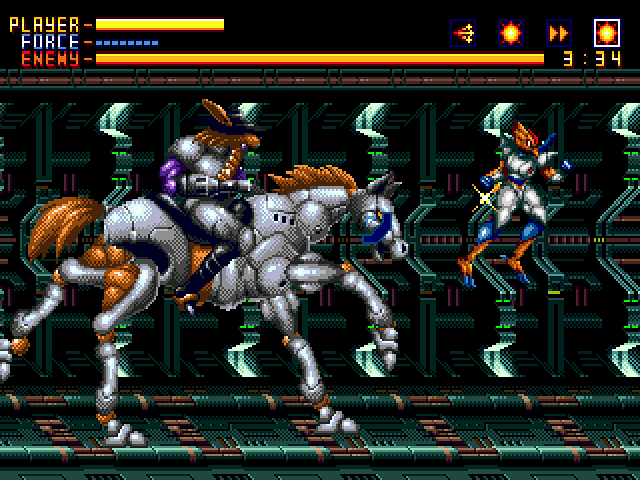
Yet another game from Treasure, Alien Soldier is a run-and-gun game in the vein of Gunstar Heroes. It’s different from most other games in the genre by virtue of the fact that the focus is placed almost entirely on boss fights. The levels themselves are relatively short, but players will encounter 31 different boss fights during the game’s 25 stages. The cybernetic alien chicken protagonist is a little strange, but he demonstrates incredible agility. He can move across the screen at the speed of a superhero, he has the ability to hover in the air and perform double jumps, and he can even walk on ceilings! With respect to firepower, players have the option to select their weapons before each stage and can cycle through them at any time. There are six different weapons to choose from, and each has their own benefits. Lasers are extremely powerful but have a limited spread, while flamethrowers are ideal for those that just want to watch the world burn. The game can get pretty intense and some of the boss battles are completely “out there” even by Treasure standards, but the innovative “Supereasy” difficulty setting gives players the option to play in slow motion if things get too intense.
2
Terranigma
Super NES (1995)
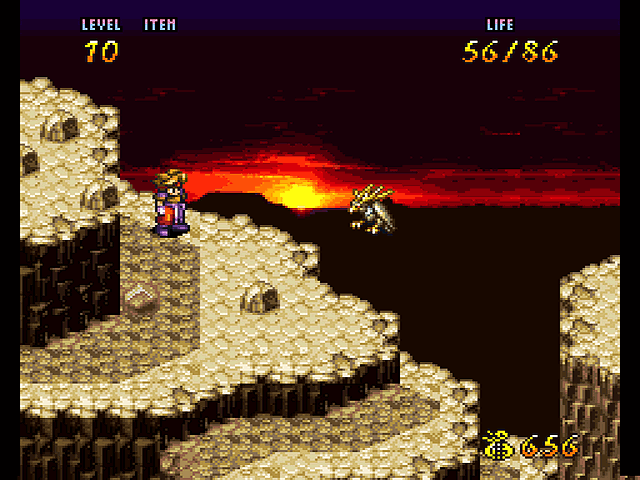
Terranigma is an action-RPG from Quintet that borrows heavily from their previous titles like Soul Blazer and Illusion of Gaia. The graphics are impressive, the music is incredible, and some of the dungeons could be described as Zelda-esque in their design. With two worlds to explore, several optional side-quests to undertake, and an interesting town-building system to experiment with, the game has a lot more variety than most other games in the genre. Perhaps the best aspect of Terranigma is its refined combat system. The protagonist has jumping abilities, running attacks, and a guard button to block projectiles. Certain enemies can only be hurt by certain attacks, and extra damage can be dealt by using specific elemental weapons. Special items (like a suit for swimming and sharp claws for scaling cliffs) add even more depth to the gameplay. It’s almost criminal that the game was never given a North American release. Terranigma was published in Japan by Enix and subsequently released in Europe and Australia by Nintendo. Despite getting an English translation for PAL territories, the game never saw the light of day in North America.
1
Metal Warriors
Super NES (1995)
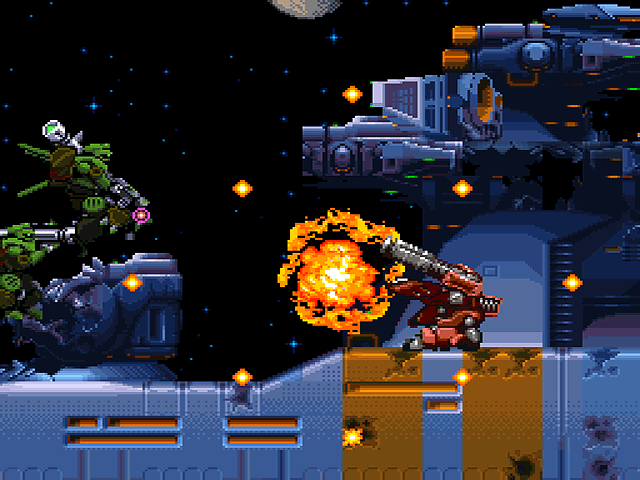
Although Konami’s Metal Warriors bears a striking resemblance to another SNES-era mech-based Konami game called Cybernator, it’s a completely different game made by a completely different developer. Metal Warriors has a typical futuristic “space war” storyline, and the basic concept involves beating up bad guys by taking control of several giant mechs. The mechs in question vary in terms of their speed and fire power, and they all have unique traits that set them apart from the others. One mech has the ability to walk on walls and ceilings, another can retract into a ball and execute a powerful spin attack, and one is so loaded down with weaponry that it can’t even jump! The game is somewhat reminiscent to Blaster Master in that your character has the ability to leave the safety of the mechs at any time. Exiting your mech makes you more vulnerable, but is required in order to fit into smaller areas and sometimes necessary if the mech has taken too much damage. The game’s single player campaign is loaded with action, but the greatest aspect about Metal Warriors is its two player split-screen mode. Competing head-to-head against a friend is a lot of fun, and the diversity of the mechs makes for some interesting match-ups. Jumping out of a damaged mech and making a beeline for a new one before your opponent gets a chance destroy you with a laser sword is an incredibly intense experience.

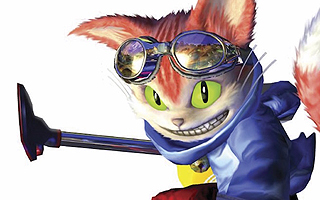
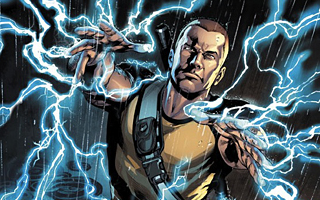
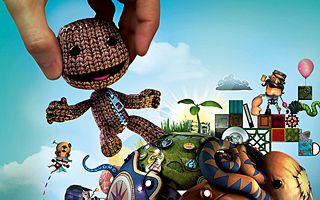
Do you agree with this list? Let us know what you think by leaving a comment below. Your opinion matters!